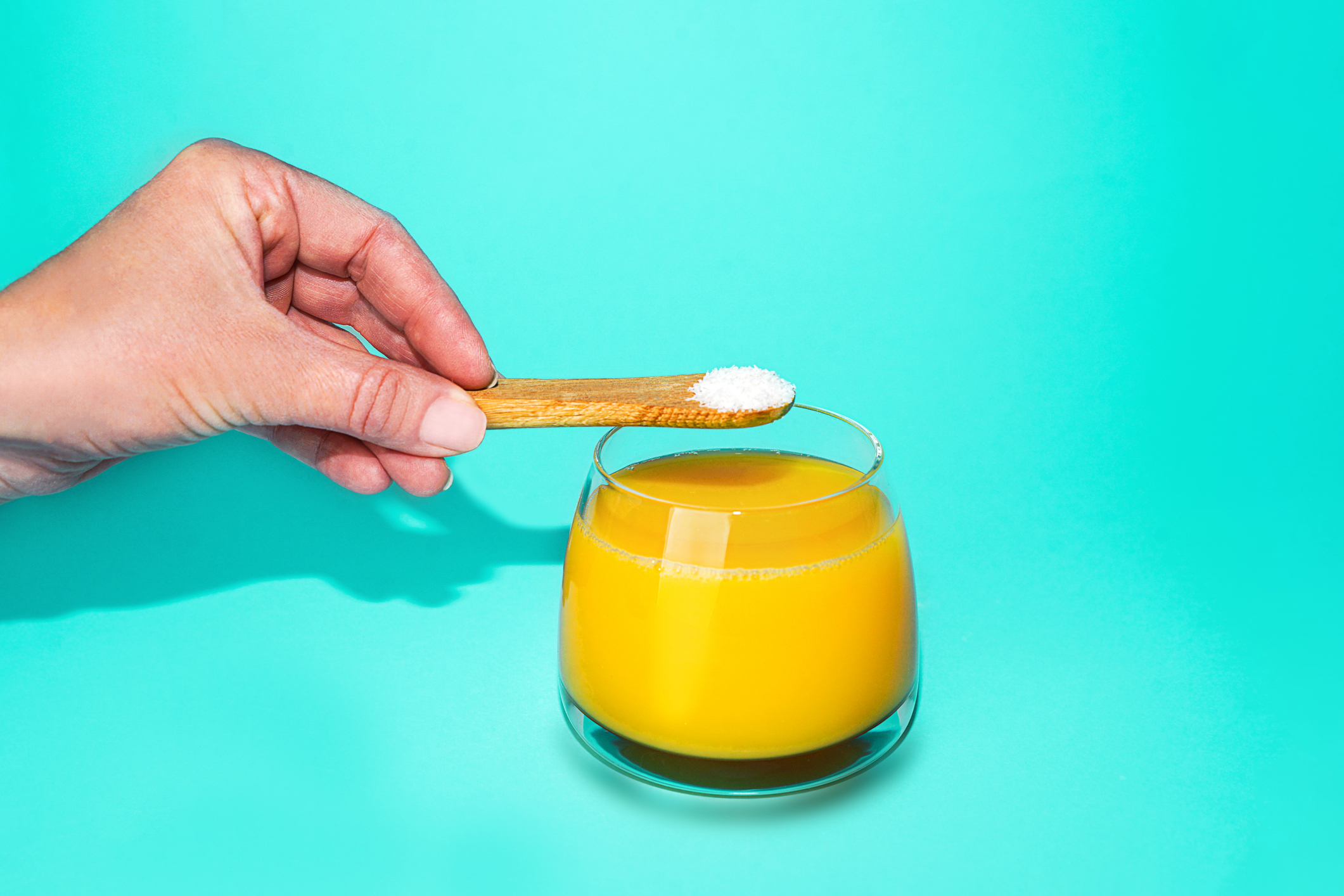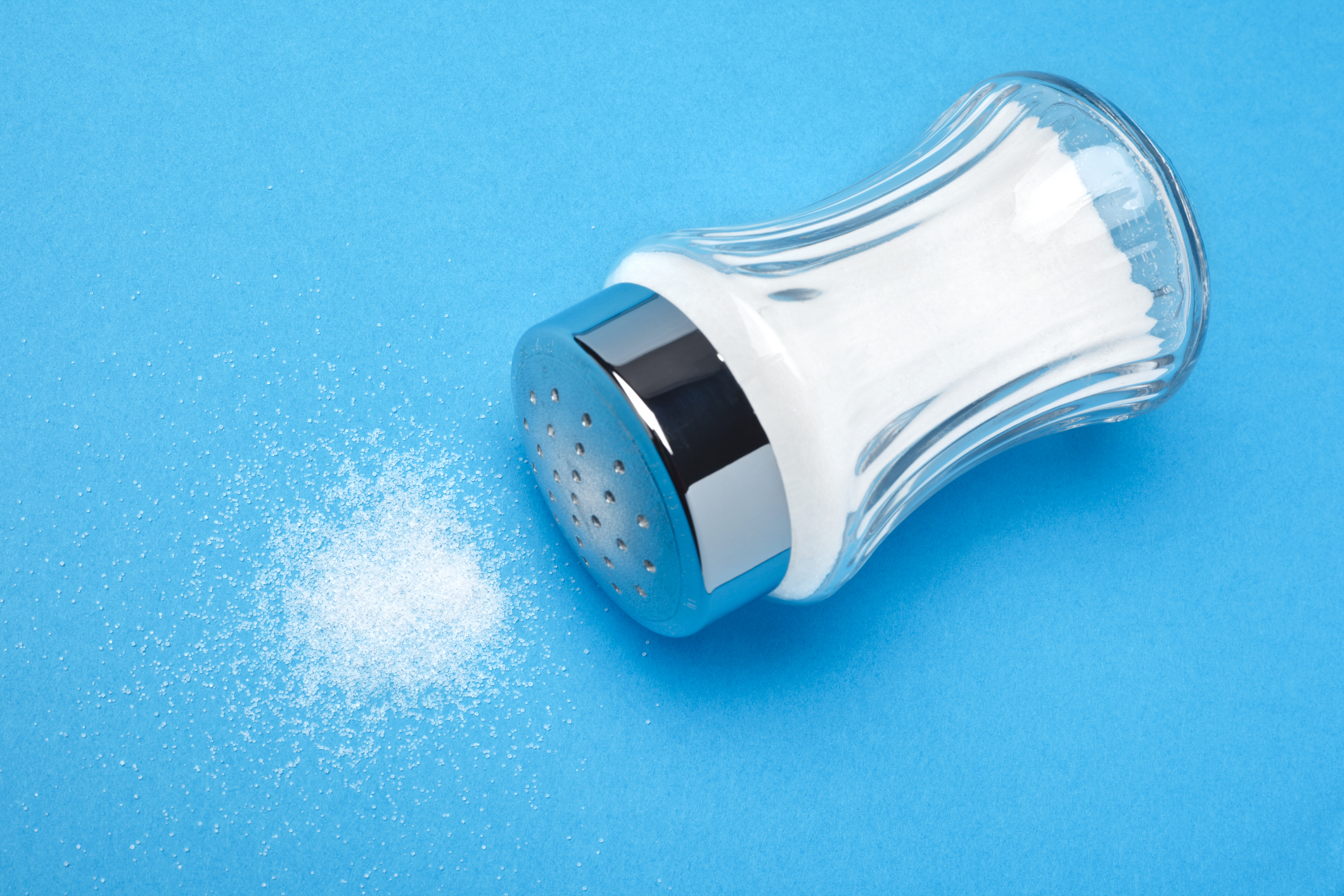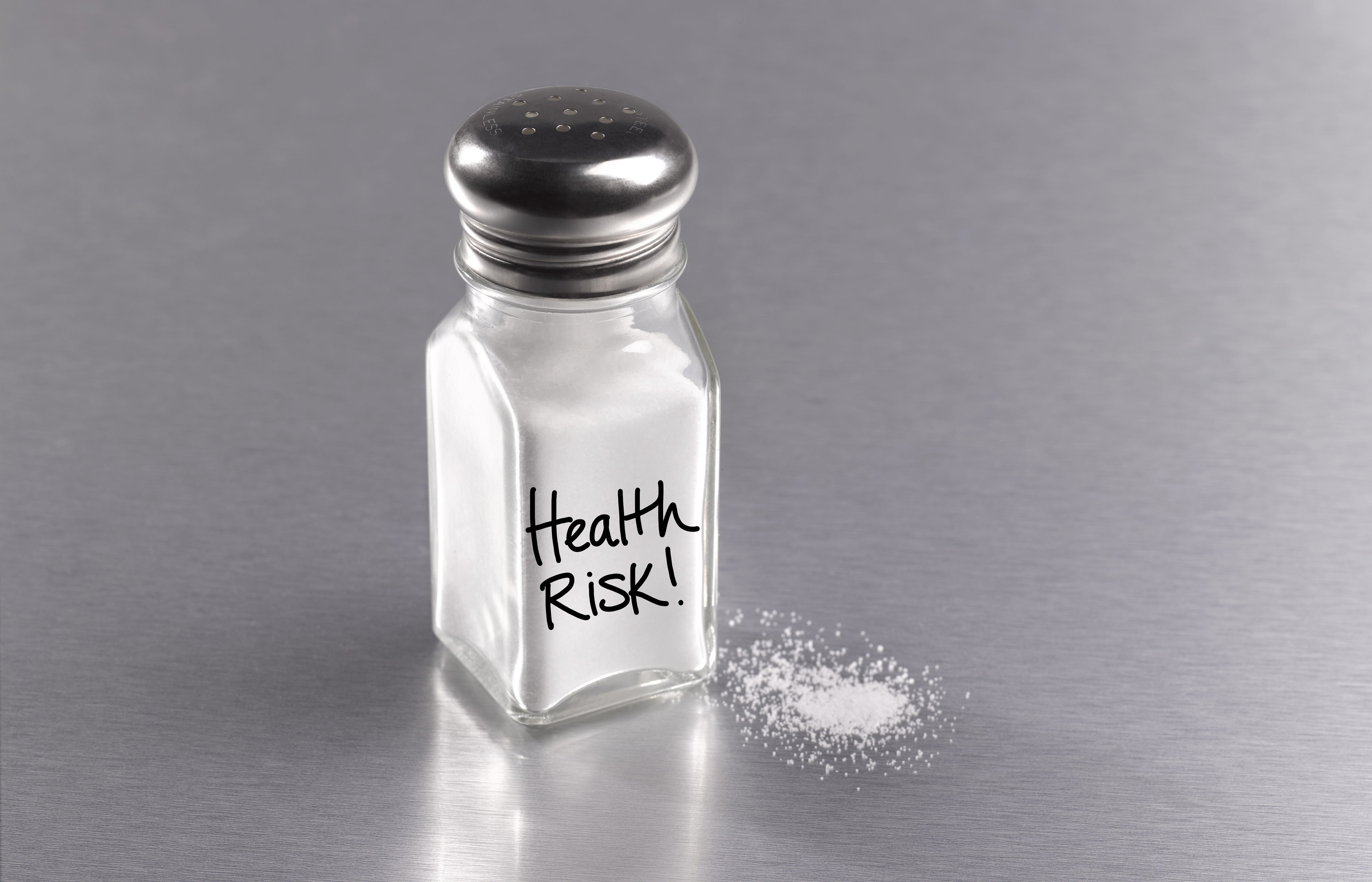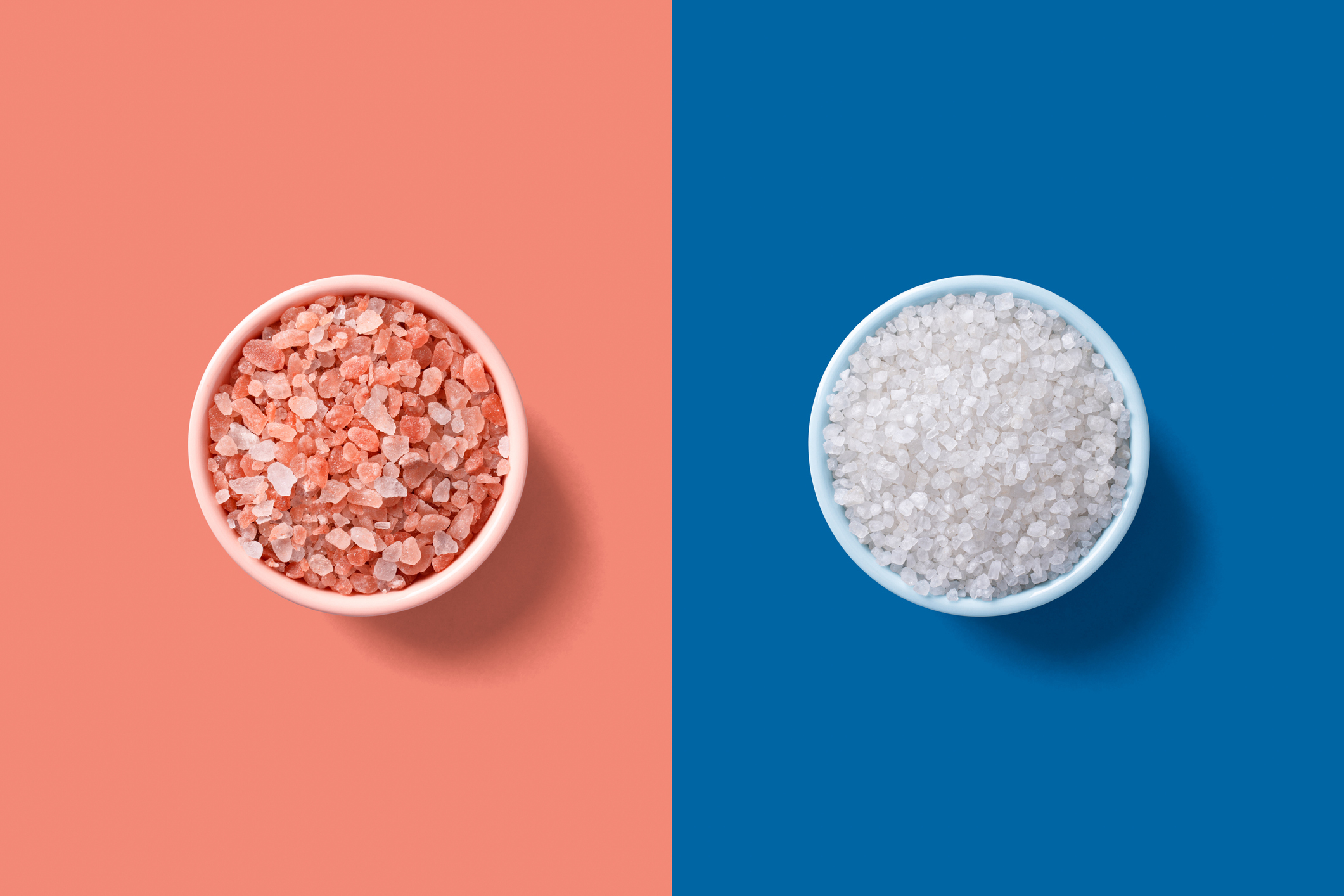
Low-sodium soy sauce, soup and snacks dominate supermarket shelves, so it seems pretty obvious that a lot of Americans are aware that they need to lower their sodium intake. But to what extent is it really a problem?
Most people have no idea how much salt they’re eating every day, or how much is recommended (particularly for those with certain health conditions). And did you know that some people are actually encouraged to eat more salt?
We spoke with doctors to answer all of our saltiest questions.
First of all, we do need to eat a certain amount of sodium.

According to Dr. Columbus Batiste, the regional chief of cardiology with Kaiser Permanente in Southern California, “We need the right amount of salt to provide our bodies with important electrolytes that can regulate things like muscle contractions, fluid balance and nerve transmission.”
Dr. Rohan Khera, an assistant professor of cardiovascular medicine at the Yale School of Medicine, told HuffPost that salt is “needed for every single body cell, especially the more active heart and muscle tissues.”
Moreover, salt plays a role in ”sweating, normal cell function, metabolism, maintenance of body fluids, and keeping muscles and nerves working properly,” said Dr. John Higgins, a cardiologist with UTHealth Houston.
How much salt do healthy adults need?

Healthy adults only need 500 milligrams of salt per day (about a quarter-teaspoon of salt) to maintain healthy body function, according to cardiologist Dr. Nieca Goldberg, the medical director of Atria New York and a clinical associate professor of medicine at NYU Grossman School of Medicine.
Limiting salt intake to such a paltry amount isn’t realistic for many people, and that’s OK for most healthy adults, as long as they don’t overdo it. The American Heart Association recommends that healthy adults consume no more than 2,300 milligrams of salt per day and ideally no more than 1,500 milligrams, or about three-quarters of a teaspoon of salt per day.
However, most Americans eat far more than the recommended amount of salt, according to Goldberg. “The average American eats about 3,500 milligrams of sodium a day,” she said. “Seventy percent of that salt that consumed is from processed foods.”
Although the recommended maximum of salt may seem low for such an important nutrient, there is a good reason for these guidelines. Khera explained that “our body is built to preserve sodium, so we only have to supplement a little in our diet to ensure we are in good balance” — and too much salt is risky for some people.
What are the risks of eating too much salt?

Too much salt can be dangerous. This is true whether you add salt to your food or purchase processed foods made with salt.
According to Higgins, “A high-salt diet can contribute to high blood pressure, stroke, heart disease, osteoporosis, stomach cancer, kidney disease, renal stones and obesity.” Since too much salt can increase blood pressure, this has the ability to cause a heart attack or stroke, he added.
Other risks of high salt intake include blood vessel damage and negative impacts on hormonal and inflammatory pathways, immune response, the gut microbiome and body fat metabolism, Batiste said. He added that the effects of consuming too much salt can lead to premature death.
Are we all at equal risk?
Not everyone needs to worry. Too much salt “may not be bad for everyone. It depends on the person’s health status,” Goldberg explained. “If you are healthy and have low blood pressure, salt may not be harmful,” she said.
If you aren’t sure whether you need to watch your salt intake, Goldberg recommended discussing your diet with your doctor.
How do you know if you should cut back on your salt intake?

High amounts of salt are dangerous for many people, however.
For those with high blood pressure “in the pre-hypertensive range or higher,” or with “heart failure or kidney disease,” Goldberg cautioned that “high salt intake may worsen your condition.”
Higgins said that patients with moderate to severe heart failure should limit their salt intake to under 2,000 milligrams, or about one teaspoon, a day. Those who have had a heart attack or stroke should consume under 1,000 milligrams, or about a half-teaspoon, per day.
Here are the best ways to lower salt intake.

Higgins recommended switching out table salt for an alternative like Morton Salt Substitute, which does not contain any sodium. Goldberg also recommended looking for lower-salt versions of foods that you already eat and becoming skilled at reading labels.
For those with high blood pressure, Higgins recommended eating fruits and vegetables high in potassium, which can lower blood pressure naturally. These include potatoes, tomatoes, spinach, raisins, lima beans, lentils, bananas, oranges, watermelon and cantaloupe.
Some people may actually need to eat more salt.

Although most people consume too much salt, some conditions require more salt. However, before increasing your salt intake, Khera emphasized that “these are specialized conditions that require specific expertise,” and that no one should increase their salt intake before having “explicit discussions with their doctor.” The following conditions may require adding salt to one’s diet:
Orthostatic hypotension. Khera explained that if people have low blood pressure when standing up, or orthostatic hypotension, they may need more salt. When a patient is diagnosed with this condition — one variation of which is postural orthostatic tachycardia syndrome — doctors “sometimes recommend salt to retain more fluid in the body and have fewer dizzy or loss-of-consciousness spells,” Khera said.
High-performance athletes. Khera explained that high-performance athletes may lose a lot of salt via sweat, especially if they are training or competing in hot climates. However, he noted that “this is rarely needed,” and that when it is, “modest increases are sufficient.”
Cystic fibrosis. Individuals with cystic fibrosis lose salt through their sweat more than those without the condition, Khera said. That means they “often require an increase in intake in salt,” although the amount of additional salt each person needs varies and is determined by their doctor.
Addison’s disease. According to Batiste, “People with Addison’s disease, a condition affecting the adrenal glands, may experience low levels of sodium.” Health care providers may recommend increased salt intake to maintain electrolyte balance.
Electrolyte abnormalities. Some electrolyte abnormalities, such as low blood sodium or hyponatremia, are treated with increased sodium intake. However, these conditions are sometimes treated with reduced fluid intake.
Dialysis. Some dialysis patients are instructed to increase sodium intake, Khera said.
This article originally appeared on HuffPost.
